In the ever-evolving world of virtual reality, two titans stand at the forefront, each carving out a unique niche in the gaming landscape: the Valve Index and Meta Quest 3. As VR technology advances, enthusiasts and newcomers alike are presented with an array of choices that cater to different preferences and gaming experiences. The Valve Index, with it’s remarkable fidelity and immersive capabilities, has become a hallmark of PC-based virtual reality, demanding a tether to powerful hardware for its rich graphical performance. in contrast, the Meta Quest 3 champions the standalone experience, boasting convenience and accessibility without the need for an external PC. But how do these two cutting-edge devices truly stack up against each other? Join us as we delve into the intricacies of performance, usability, and overall experience, illuminating the strengths and weaknesses of each platform in this complete comparison. Whether you’re a dedicated VR veteran or a curious newcomer, understanding the distinctions between PC VR and standalone VR will be essential in navigating the future of immersive gaming.
Comparing Performance: the Power of PC VR vs Standalone capabilities
The Valve Index stands tall in the realm of PC VR with extraordinary graphical fidelity and high refresh rates, enabling a level of immersion that standalone headsets frequently enough struggle to match. Equipped with advanced tracking technology and a vast ecosystem of VR titles, the Index takes full advantage of a powerful gaming PC, resulting in stunning visuals and remarkably responsive gameplay. Key features that contribute to its performance include:
- Superior Resolution: The Index boasts a resolution of 1440 x 1600 per eye, enhancing the clarity in complex environments.
- High Refresh Rates: Ranging from 80 Hz to 144 Hz, it provides smoother motion and reduces motion sickness.
- Precision Tracking: Utilizing external base stations, the Index offers precise positional tracking even in the largest play spaces.
In contrast, the Meta Quest 3 offers commendable standalone capabilities that prioritize portability and ease of use without the need for a formidable gaming rig. While it may not match the visual performance of the Index, it compensates with a functional and accessible interface. its key attributes include:
- Wireless Freedom: Users can experience VR without being tethered to a PC, allowing for more dynamic movement.
- Built-in Processing Power: The embedded Snapdragon chip ensures a smooth experience for mobile VR gaming.
- Versatile Library: A growing selection of titles tailored to standalone use means diverse gaming options right out of the box.

User Experience and Comfort: Immersion Beyond the Hardware
In the realm of virtual reality, user experience transcends the mere specifications of the hardware. While the Valve Index boasts remarkable resolution and refresh rates, it is indeed the ergonomic design that elevates the overall experience. Users can enjoy extended play sessions without discomfort, thanks to features such as:
- Comfortable Headset Fit: Adjustable straps and lightweight materials minimize strain during long gaming sessions.
- Customizable Controllers: The Index’s finger-tracking capabilities allow for natural interactions, enhancing immersion.
- wide Field of View: A panoramic visual experience that captivates the user and intensifies the sense of presence.
On the flip side, the Meta Quest 3 offers the convenience of a standalone device while still delivering impressive performance. It embraces portability without sacrificing user comfort, making it ideal for both gaming and social experiences. Key features contributing to its user-pleasant nature include:
- Wireless Freedom: Elimination of cords provides unrestricted movement, allowing users to engage more fully with their virtual environments.
- Lightweight Design: Minimal weight and a balanced form factor mean players can enjoy hours of fun without feeling burdened.
- Intuitive User Interface: The streamlined software experience simplifies navigation and enhances user engagement.

Game Library and Compatibility: Exploring titles on Each Platform
When diving into virtual reality,the selection of games available can greatly influence the platform choice.The Valve Index boasts a robust library that thrives on its connection to Steam, offering access to a diverse range of PC VR titles that push boundaries in graphics and gameplay mechanics. Users can immerse themselves in popular titles such as Half-Life: Alyx, Boneworks, and The Walking Dead: Saints & Sinners, wich leverage the advanced capabilities of high-end pcs and the Index’s impressive tracking and controllers. the following are some standout features of the Index’s game offerings:
- High fidelity graphics and performance: Enhanced visuals requiring PC hardware.
- Wide-ranging compatibility: Access to Oculus, Vive, and standalone titles through Steam.
- Room-scale tracking: Offers a more immersive experience with larger play areas.
In contrast, the Meta Quest 3 operates as a standalone device, featuring a library that caters to users looking for accessibility and ease of use without the need for an external PC. Titles available on this platform prioritize fun and interaction, including VR staples such as Beat Saber, Superhot VR, and resident Evil 4 VR. The convenience of having an all-in-one headset is appealing, especially for those new to VR or looking for a portable option. Key aspects defining Quest’s game landscape include:
- Instant access: No wires or PCs needed, making it user-friendly.
- optimized experiences: Games designed specifically for standalone play.
- Frequent updates: Regular additions to the library enhance gameplay variety.
| Platform | Title Examples | Access method |
|---|---|---|
| Valve index | Half-Life: Alyx, Boneworks | Steam Store |
| Meta Quest 3 | Beat Saber, Resident Evil 4 VR | Oculus Store |

Price and Value Analysis: Making the Right Investment for Your VR Journey
When evaluating the Valve Index and Meta Quest 3, it’s essential to consider both upfront costs and long-term value. The Valve Index, with a price tag typically exceeding $999, demands a notable investment not onyl in the headset itself but also in a capable PC to support the extensive functionalities and graphics capabilities. In contrast, the Meta Quest 3 offers a more budget-friendly option, generally priced around $500, as it is indeed a standalone device that eliminates the need for additional hardware.However, the immersive experience and graphical fidelity of the Index can sometimes justify the higher investment for avid gamers and VR enthusiasts looking for the best possible experience.
Beyond the initial purchase price, potential users should take into account the following factors that can influence overall value:
- library of Games: Valve Index boasts access to a vast range of PC VR titles, while Meta Quest 3 provides an array of standalone experiences that can be enjoyed on-the-go.
- Performance Longevity: The Index can support upgrades and enhancements in technology over time, ensuring it remains relevant longer than standalone options.
- Support and Community: With the PC VR ecosystem, users benefit from stronger community support and a variety of modded content.
Ultimately, the decision hinges on individual needs—whether prioritizing mobility and affordability or seeking top-tier performance and an expansive VR experience. A comparative overview of key features highlights these aspects succinctly:
| Feature | Valve Index | Meta Quest 3 |
|---|---|---|
| Price | $999+ | $500 |
| Display Type | LCD | OLED |
| PC Dependency | Yes | No |
| Screen Resolution | 1440×1600 per eye | 2064×2208 per eye |
| Tracking Type | External | Inside-out |
Concluding Remarks
In the ever-evolving landscape of virtual reality, the choice between the Valve Index and Meta quest 3 ultimately hinges on what you value most in your immersive experience. The Valve Index may charm hardcore gamers with its unparalleled fidelity, precision tracking, and the promise of an expansive library tailored for PC. Meanwhile, the Meta Quest 3 beckons to those seeking unparalleled convenience and portability, offering a delightful entry into the VR world without the need for a gaming rig.
As our exploration concludes, remember that every headset tells a story unique to its user. Your gaming habits, lifestyle, and technological preferences will shape your decision. Whether you’re eyeing the robust capabilities of a tethered setup or the freedom of a standalone device, both options stand as pillars in the VR community, each inviting you to step into a realm where reality is reimagined.Whichever path you choose, embrace the adventure ahead. After all, in the realm of virtual reality, the possibilities are as limitless as your creativity. happy exploring!


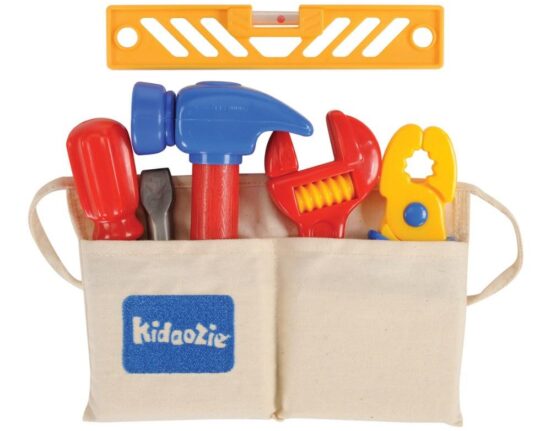






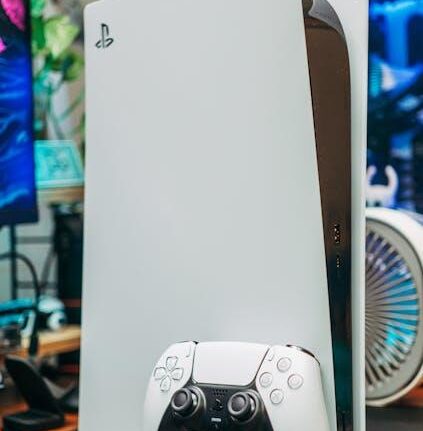
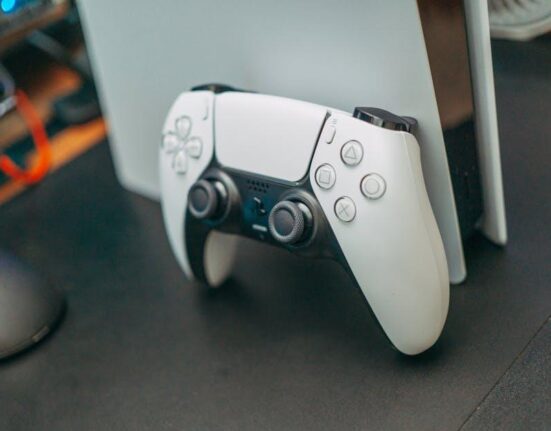
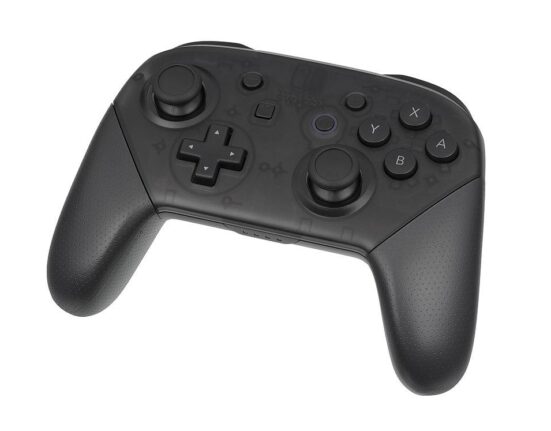
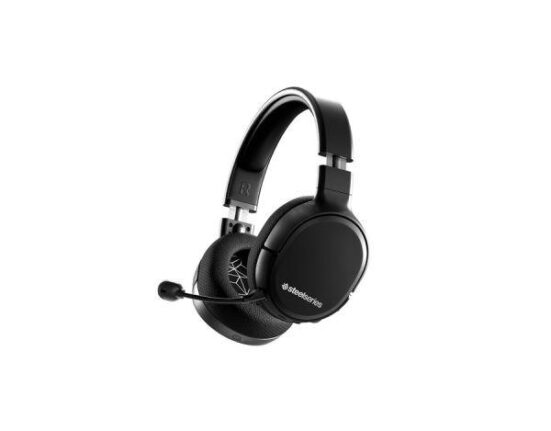

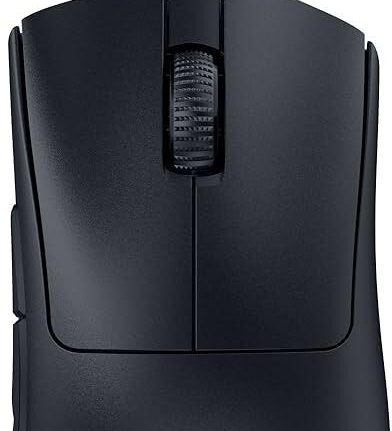
Leave feedback about this